 |
| People come to do administrative procedures at the Public Administration Service Center of Thai Binh province. Photo: Thu Hoai/VNA |
Only provincial and commune levels remain.
The Draft Law on Organization of Local Government has fundamentally and comprehensively amended and supplemented the provisions of the current Law on Organization of Local Government. Accordingly, it has stipulated the administrative units and the organization and operation of local governments according to the two-level model (provincial and communal levels).
“Compared to the current Law on Organization of Local Government with 50 articles, the draft Law on Organization of Local Government (amended) is expected to have 51 articles (an increase of 1 article), of which: 4 articles are kept, 3 articles are removed (related to the tasks and powers of district-level local governments); 4 new articles are added; 43 articles are amended and supplemented; and the local government model is converted from three levels to two levels (removing the district level). The draft Law amends 47/50 articles, so it is necessary to promulgate a Law to replace the current Law on Organization of Local Government,” said the Ministry of Home Affairs .
The draft Law amends and supplements regulations on the organization of administrative units and the two-level local government model (including: provincial and commune levels, not district levels) in accordance with urban, rural, island areas, and special economic administrative units. Accordingly, the provincial level remains as per current regulations (including provinces and centrally run cities); reorganizes current commune-level administrative units to form (new) commune-level administrative units including: communes, wards and special zones (on islands) to suit the new organizational model; special economic administrative units remain as per current regulations established by the National Assembly.
The draft Law stipulates that local governments at both provincial and communal levels organize People's Councils and People's Committees to ensure a unified government apparatus that operates smoothly from the central to communal levels. At the same time, it amends and supplements regulations on principles of organization and operation of local governments to more clearly define the authority between state agencies at the central level and local governments, between provincial and communal governments to promote the role of autonomy and self-responsibility of local governments at all levels; at the same time, it ensures the promotion of information technology application and digital transformation in the organization and operation of local governments; amends and supplements to clarify the position and functions of People's Councils and People's Committees.
Commune level is issued legal documents
Based on the two-level local government organization model (provincial and communal levels), the draft Law clearly defines the tasks and powers of each level of local government in the following direction: The provincial level focuses on promulgating mechanisms, policies, strategies, planning, macro-management, inter-regional and inter-commune issues that exceed the capacity of the communal level, requiring deep expertise and ensuring consistency across the province. The communal level is the level of policy implementation (from the central and provincial levels), focusing on tasks serving the people, directly solving community issues, providing basic and essential public services to local people; tasks that require community participation, promoting the proactiveness and creativity of the communal level.
Specifically, for provincial-level local authorities, in order to consistently implement the principle of "local decision, local action, local responsibility", in addition to the tasks and powers of provincial-level local authorities according to current regulations, the draft Law supplements a number of provisions to promote decentralization from the Central Government to provincial-level local authorities, especially in promulgating mechanisms, policies, planning, finance, budget, investment, etc. of localities.
For commune-level local authorities, the draft Law stipulates that commune-level local authorities perform the tasks and powers of current district-level and commune-level local authorities. A notable point in this draft is that communes are allowed to issue legal documents to decide on issues within the authority, scope, and management tasks of commune-level local authorities.
Based on the practical situation, the provincial local government has the responsibility to promote decentralization and delegate its tasks and powers to the commune-level local government for commune-level issues to be implemented more effectively and practically, ensuring effectiveness and efficiency in state management and promoting local socio-economic development. In particular, the provincial local government promotes decentralization and delegation to local governments at the ward level to manage and develop urban areas, develop urban economy and promote decentralization and delegation to local governments in special zones to grant autonomy in deciding on issues to ensure independence, sovereignty and territorial integrity of the country in seas and islands, promote advantages and potential of marine economy, integrate into the international economy, ensure attracting people to live, protect and develop islands.
In addition, the draft Law adds the subject of decentralization as the People's Council to synchronously implement the policy of promoting decentralization from provincial-level local governments to commune-level local governments; from the People's Council to the People's Committee of the same level (The current Law stipulates that the local government has only the People's Committee as the subject implementing decentralization). Accordingly, it stipulates that the People's Council decentralizes to the People's Committee of the same level or the People's Council of a lower level to continuously and regularly perform one or several tasks and powers assigned to it according to the provisions of law, except in cases where the law stipulates that decentralization is not allowed.
To ensure that the operation of local governments when converting the government model from three levels to two levels is continuous, smooth, without interruption of work, without overlapping, duplication or omission of tasks, fields, areas, without affecting the tasks of socio-economic development, normal activities of society, people, businesses, ensuring national defense, security, social order and safety in the area, the draft Law stipulates that it will take effect from July 1, 2025. Dissolve district-level administrative units and terminate the operation of district-level local governments from July 1 this year.
In addition, the draft Law stipulates the termination of the organization of the urban government model currently being implemented in Ho Chi Minh City, Hanoi, and Da Nang and the transition in organizing local governments at the ward level in these three localities during the 2021-2026 term.
Eleven transitional contents are also stipulated in the draft Law to ensure the continuous and normal operation of new agencies, organizations and units when converting the three-level local government organization model into two levels as prescribed in this Law. In particular, in order to promptly implement the organization of local governments at the provincial and communal levels according to the new model, the Government is assigned to issue legal documents under its authority to redefine the tasks and powers of local governments and adjust other regulations related to the implementation of tasks and powers of local governments for unified application during the period when laws and resolutions of the National Assembly, ordinances and resolutions of the National Assembly Standing Committee have not been amended or supplemented, and periodically report to the National Assembly Standing Committee. In cases related to laws and resolutions of the National Assembly, the National Assembly must be reported to the National Assembly at the nearest session.
Speaking at the closing ceremony of the 11th Central Conference of the 13th tenure on the afternoon of April 12, General Secretary To Lam said that the Central Executive Committee highly agreed on policies on organizing local governments at two levels: provincial level (provinces, centrally-run cities), and communal level (communes, wards, special zones under provinces and cities). The number of provincial-level administrative units after the merger is 34 provinces and cities (28 provinces and 6 centrally-run cities). The operation of district-level administrative units will end after the National Assembly passed a resolution to amend and supplement a number of articles of the 2013 Constitution and the Law on Organization of Local Government 2025 (amended); merging communal-level administrative units will ensure that the country reduces the current number of communal-level administrative units by about 60-70%.
With the new administrative organization model, the provincial level is both the level that implements policies from the Central Government and the level that issues policies in the province and city, and directly directs and manages the activities of the commune level in the area. The commune level mainly implements policies issued by the Central Government and the provincial level; is strengthened with decentralization and delegation of authority and has the authority to issue legal documents to decide on the organization of law enforcement in the area and decide on issues under its authority.
Source: https://huengaynay.vn/chinh-tri-xa-hoi/theo-dong-thoi-su/mo-hinh-chinh-quyen-hai-cap-hinh-thanh-don-vi-hanh-chinh-cap-xa-moi-gom-xa-phuong-dac-khu-152542.html



![[Photo] Prime Ministers of Vietnam and Thailand visit the Exhibition of traditional handicraft products](https://vphoto.vietnam.vn/thumb/1200x675/vietnam/resource/IMAGE/2025/5/15/6cfcd1c23b3e4a238b7fcf93c91a65dd)


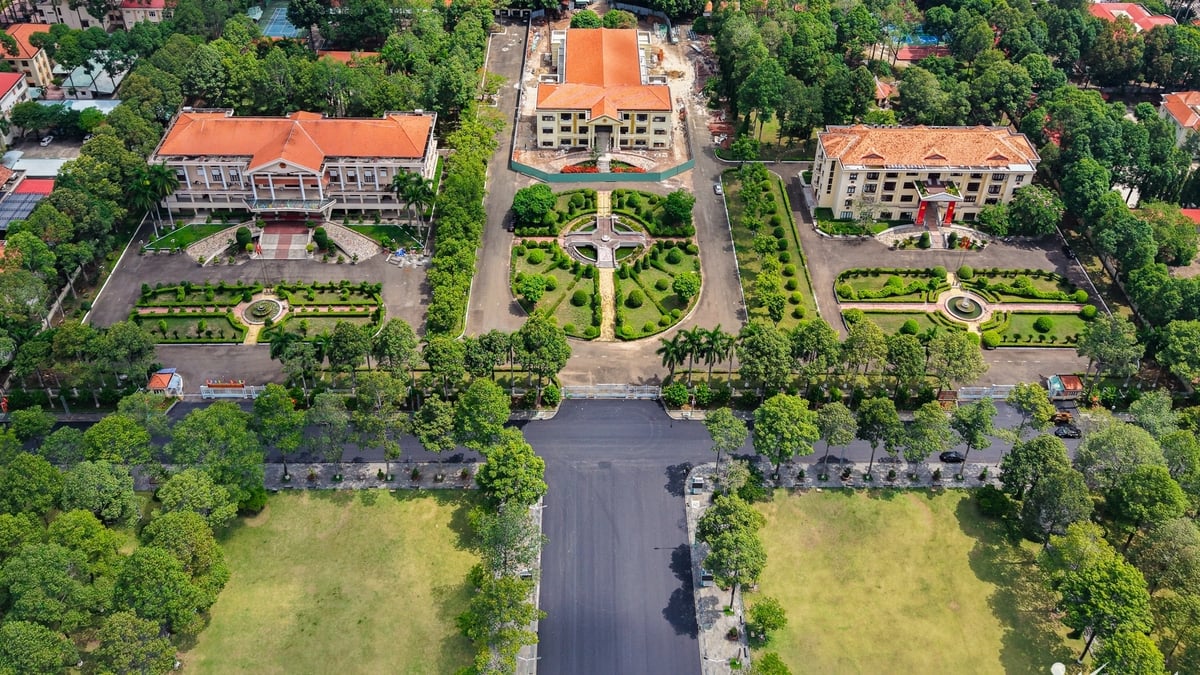
![[Photo] National Assembly Chairman Tran Thanh Man meets with Thai Prime Minister Paetongtarn Shinawatra](https://vphoto.vietnam.vn/thumb/1200x675/vietnam/resource/IMAGE/2025/5/15/e71160b1572a457395f2816d84a18b45)



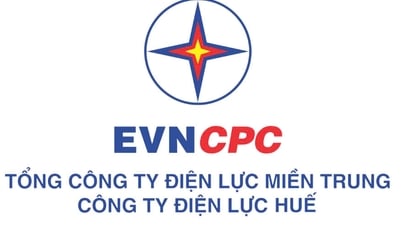

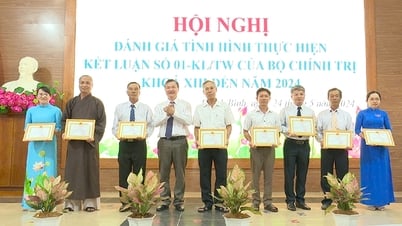

























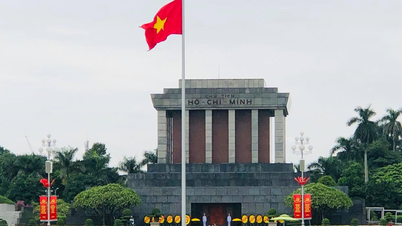


















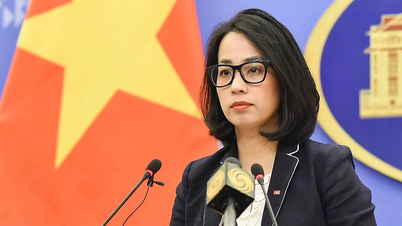


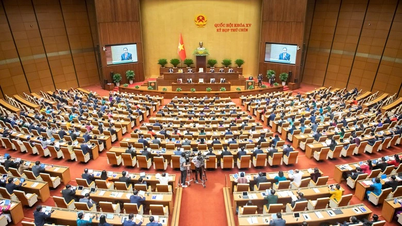

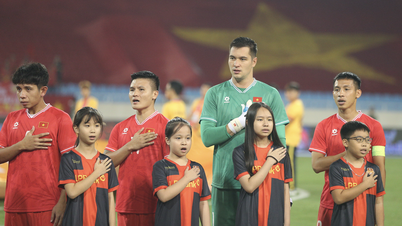
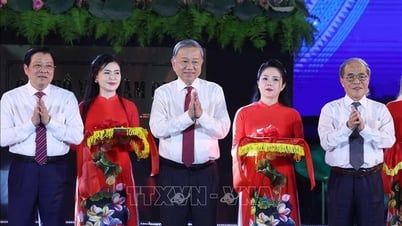







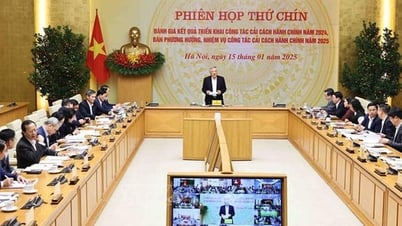


















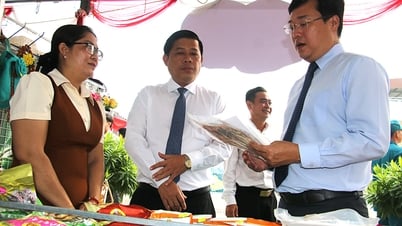


Comment (0)